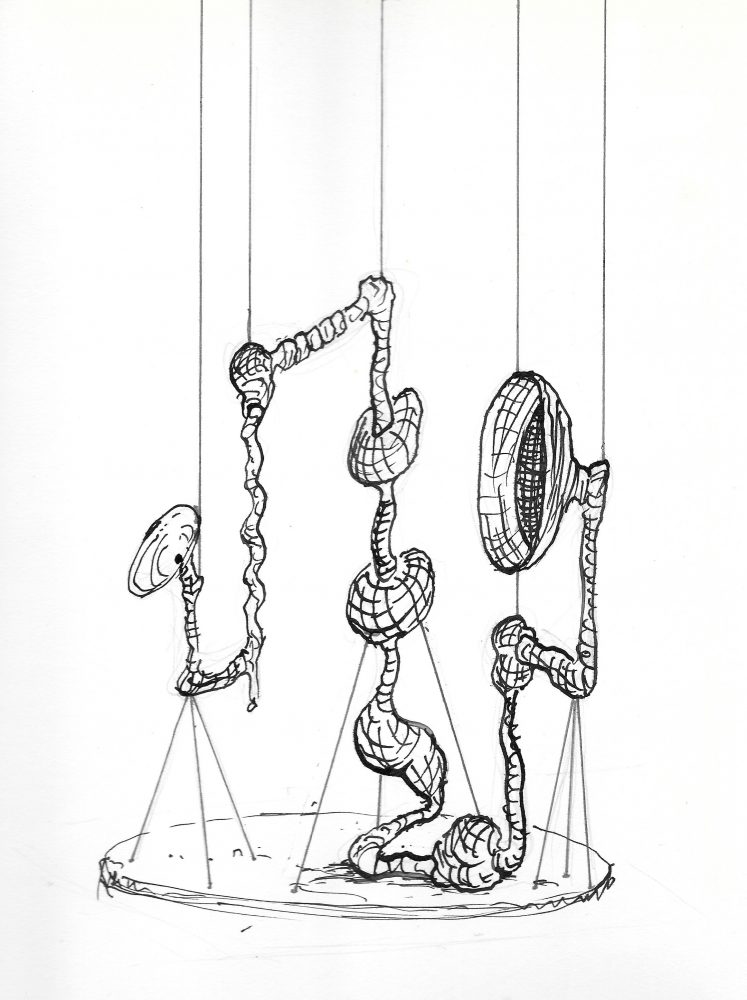
An introductory collaboration where we formed small working groups to work on a one day project. The starting theme emerged out of a poetic exposition of the art of seeing by Jonathan where an ideal society was likened to the growth of a tree: what if society were to grow like a tree.
A tree displays its leaves so that each one can receive as much light as possible and the living mass above ground is balanced with an equal amount of biomass unseen, below ground. The leaf metaphor proposes an vision for human society where every individual is naturally furnished with equal nourishment and opportunities. I felt that the underlying theme aimed at seeing the groups as analogues for a wider society and the project each one embarked on was its development, growth and flourishing.
We were given materials, artificial detritus, paper, plastic, leaves and threads amongst other things which could be inserted and composed in thirty-five millimeter slide frames and finally slide projectors.

We sat down and devised an initial plan to give us a framework to enable us to work together productively, creatively and enjoyably. At first we worked as individuals exchanging ideas but each one following their own initiatives, each slide being viewed with the projector and placed to one side. The variety of images was interesting and the whole process gave me ideas about how to create abstract images as a divertisment from my normal practice.

Having collected a large number of slides, a group self organised to create a slide show of the images on Apple imovie. They were captured by photographing the projections, scanning and photographing the slide in natural light with the outside environment as a backdrop. The confluence of approaches was collated on the computer selecting and composing a sequence that would be used for a final presentation.

While this was being done, I and Kelda created a shadow puppet show improvising characters and scenes with the materials available. The show was captured as a video by phone. The arrangement was awkward to film and the result had a perspective slant which had to be incorporated in the overall movie. A soundtrack was also created from the video sound and we also improvised sounds in a cupboard room to overlay on the movie video.

The exercise was not so much about the finished project, not even the making process but rather the process of working together and how very different personalities could come together to form something that holds more than its content. Seldom if ever do I have to cooperate as an artist with someone else and this was a refreshing experience that allowed me to slough off the burden of personal responsibility. Under time pressure, often a stimulus to productive innovation, I was able do things that I can work on in the future. Perhaps not for the MA, but shadow puppets would make a wonderful hobby allied to my main.
Obviously the final movie was incomplete, disjointed and at points incoherent but that does not matter. The overall did have a sense of narrative and humour evidenced by the laughter it elicited during its screening. The four groups produced very different final results perhaps showing that societies cannot all be the same and neither could they.



















